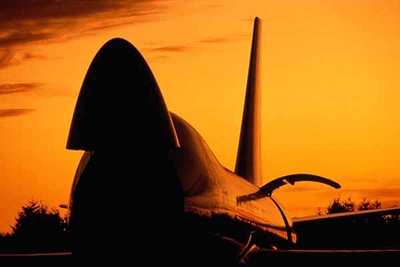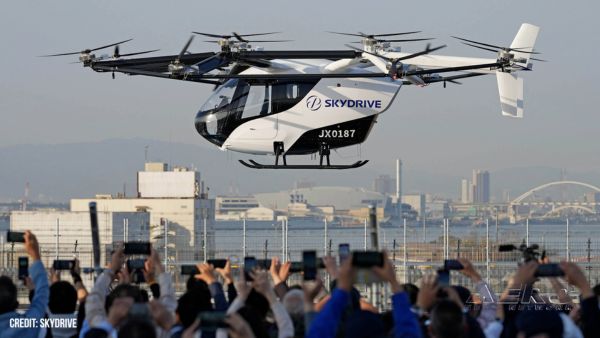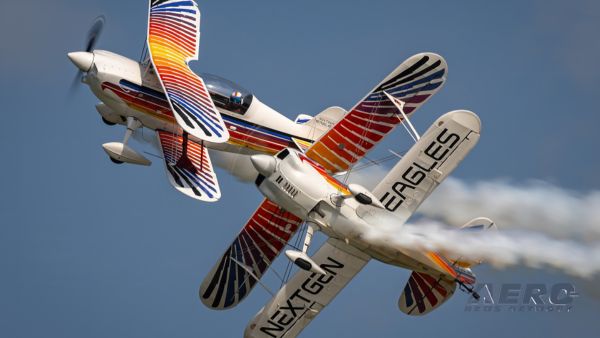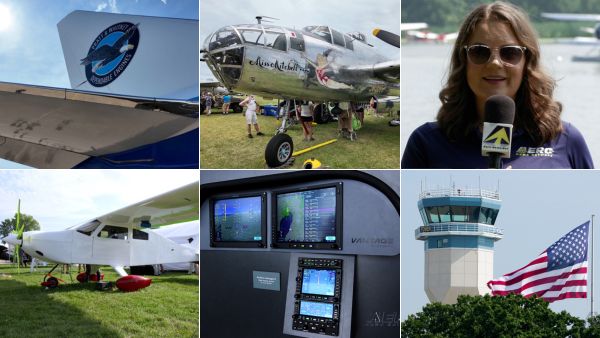Sun, Feb 08, 2004
Advertisement
More News
 Classic Aero-TV: The Life Aquilae
Classic Aero-TV: The Life Aquilae
From 2023 (YouTube Edition): An Eagle by Any Other Name Originally developed as the Yuma by Alisport, an Italian aircraft manufacturer based in the Northern Italian city of Cremell>[...]
 NTSB Prelim: Hibbard Rick RANS S7
NTSB Prelim: Hibbard Rick RANS S7
(Pilot) Was Headed Home When The Engine Popped And Started To Vibrate. He Continued To Run The Engine At Reduced Power On July 12, 2025, about 2015 mountain daylight time, an exper>[...]
 ANN's Daily Aero-Linx (08.03.25)
ANN's Daily Aero-Linx (08.03.25)
Aero Linx: The WWII Warbird Group The WWII Warbird Group is a gathering of aviation enthusiasts that get together every other month and share stories and experiences about WWII and>[...]
 Aero-News: Quote of the Day (08.03.25)
Aero-News: Quote of the Day (08.03.25)
“Our fundamental changes to strengthen safety and quality are producing improved results as we stabilize our operations and deliver higher quality airplanes, products and ser>[...]
 ANN's Daily Aero-Term (08.03.25): Waypoint
ANN's Daily Aero-Term (08.03.25): Waypoint
Waypoint A predetermined geographical position used for route/instrument approach definition, progress reports, published VFR routes, visual reporting points or points for transiti>[...]
blog comments powered by Disqus





